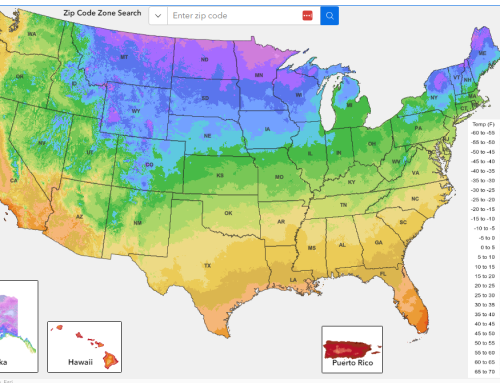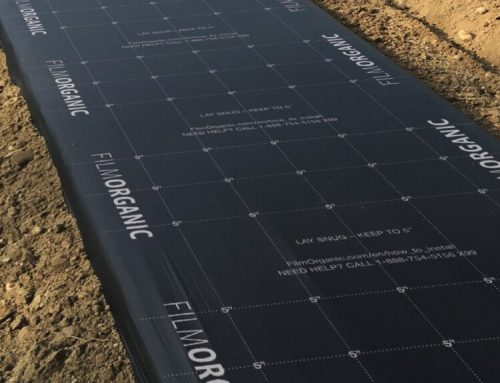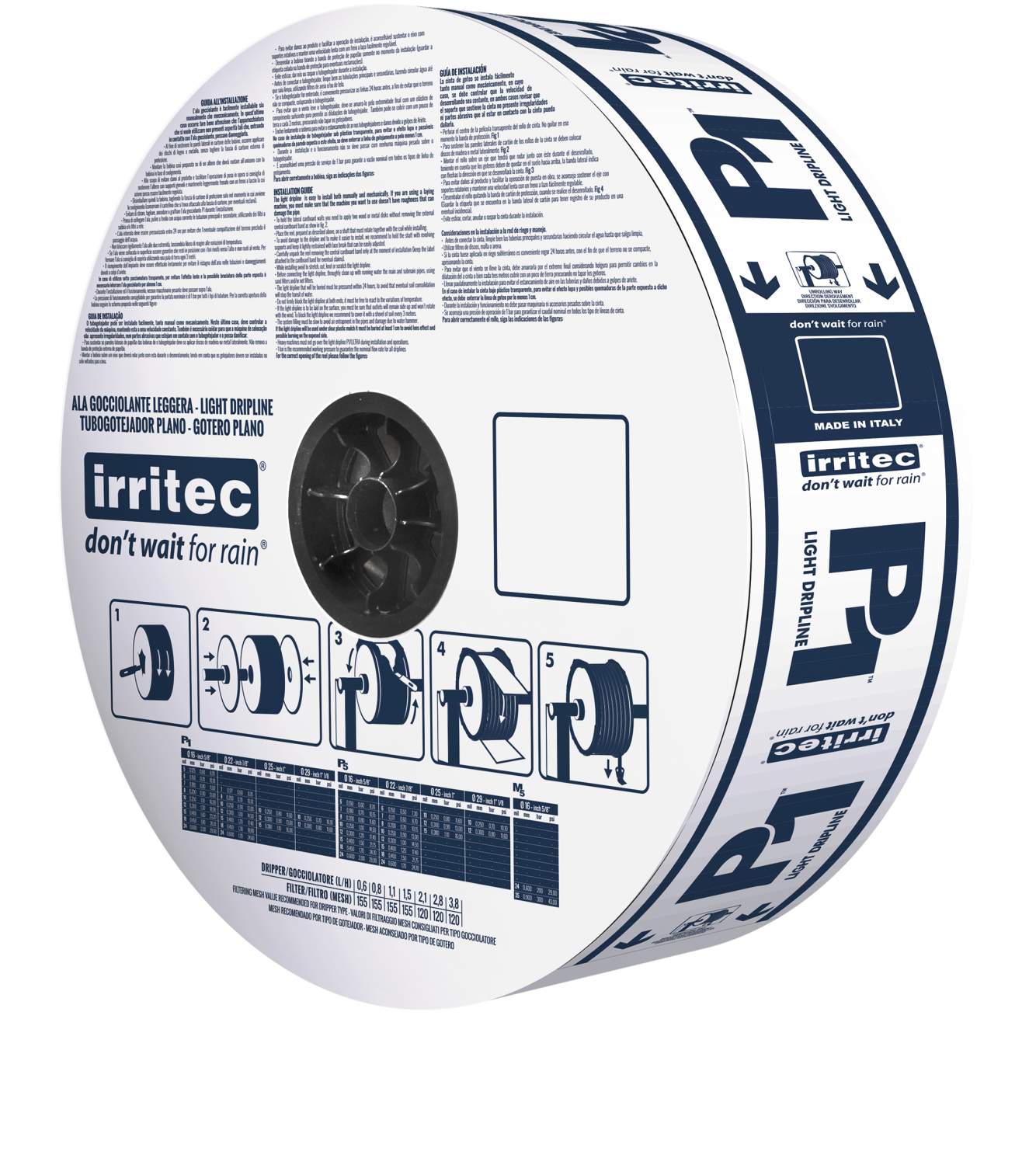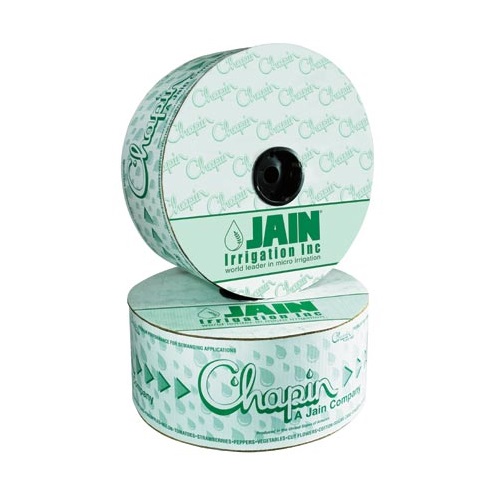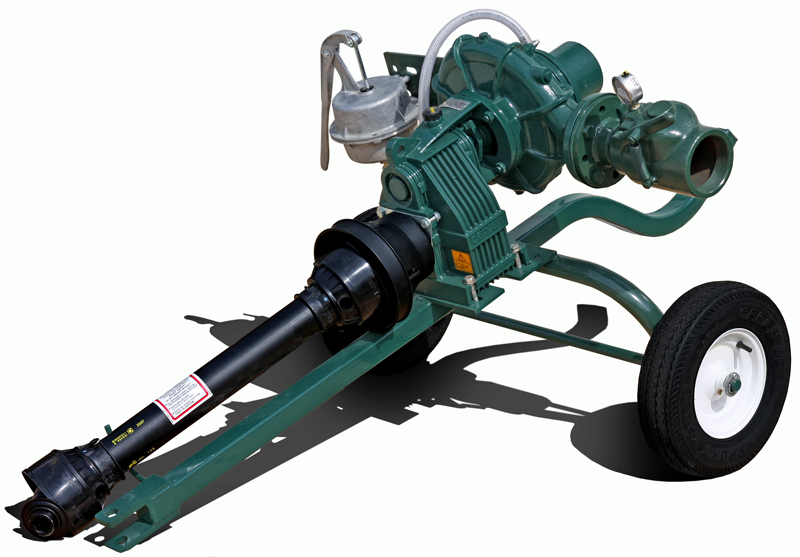Throughout much of North America, especially in the United States, land management techniques have been draining the soil of nutritional value. As more than 50% of all cropland in the United States is rented, the person who owns the land is often separate from the farmer making daily management decisions that can have long-term impacts on the land. Both want good production, but they may not agree when it comes to improving water quality, reducing soil loss, and building soil health. Today’s growing stresses and demands require effective planning and sustainability.
Monoculture, the practice of continually planting the same solitary crop on one plot of farmland, removes nutrients from the soil that must be replenished with additional fertilizers. Many corn, soybean, and wheat farmers have switched to rotating crops from year to year to replenish the soil naturally. Corn and soybeans are profitable crops in the Midwest, but depending primarily on rotating these two crops is not enough to preserve soil and be sustainable. New crops are being added to traditional rotations. Alternative soil health practices must also be considered.

No-till and strip-till practices have been gaining in popularity since the 1980s. No-till can reduce labor, fuel, and machinery costs, but more importantly it increases carbon and organic life in the soil, prevents erosion, and improves water infiltration. Strip-till farming offers a partial approach.
Cover crop use has expanded exponentially in recent years. Interspersing cover crops in the field can prevent weed propagation and promote predator insects to naturally manage pests. Planting cover crops like legumes, which scavenge nitrogen, prevents the nitrogen from leaching into the groundwater while storing it for later use by future crops. At the end of the growing season, the cover crops can be worked into the soil, becoming added organic matter that increases water-holding before breaking down and replenishing the soil.
The value of livestock to soil health is also being recognized. Livestock management is another major contributor to the degradation of farmable land. Continual overgrazing eliminates hardy grasses, creates dry soil conditions, and promotes the growth of weedy shrubs. The key to reversing desertification lies in holistic grazing practices. A holistic approach to pasture conservation should include topography, water, and multiple species of plant and animal life.
Rotational grazing and reintroducing native grasses can improve soil and water quality. More producers are realizing the benefits and the profitability of these sustainable practices on marginal land. Bringing back native plants and wildlife can work for some ranchers. Native grasses growing year-round offers the ability to keep water polluting runoff under control. The EPA cites agricultural runoff as the leading cause of pollution of lakes and rivers. Ground water drawn for use in irrigation has tripled since the 1950s, further reducing the availability of water resources. Rotational plans for livestock grazing have been proven effective. Grazing aerates soil and manure fertilizes grasses, while resting between grazing allows grass and other plant life to recover. Each producer should set pasture improvement goals and create a plan to achieve them.
For more information about replacement parts and systems for efficient irrigation or waste management, contact us!


